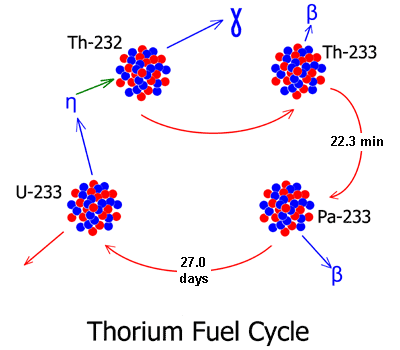

#Fission uranium 238 free#
The positive ions and free electrons created by the passage of the charged fission fragment will then reunite, releasing energy in the form of heat (e.g., vibrational energy or rotational energy of atoms). Creation of ion pairs requires energy, which is lost from the kinetic energy of the charged fission fragment causing it to decelerate. The fission fragments interact strongly with the surrounding atoms or molecules traveling at high speed, causing them to ionize. When the neutron strikes the uranium it causes it to oscillate and then it breaks apart. On the other hand most of the energy released by one fission (~170MeV of total ~200MeV) appears as kinetic energy of these fission fragments. Why is U-235 better for fission than U-238, i was reading that when a neutron strikes U-235 than it create U-236 which has an even number of nucleons, so it can break apart evenly. Therefore part of the released energy is radiated away from the reactor (See also: Reactor antineutrinos). Most of the fission fragments are highly unstable (radioactive) nuclei and undergo further radioactive decays to stabilize itself. It is much more probable to break up into unequal fragments, and the most probable fragment masses are around mass 95 (Krypton) and 137 (Barium). The average of the fragment atomic mass is about 118, but very few fragments near that average are found. Typically, when uranium 235 nucleus undergoes fission, the nucleus splits into two smaller nuclei (triple fission can also rarely occur), along with a few neutrons (the average is 2.43 neutrons per fission by thermal neutron) and release of energy in the form of heat and gamma rays. Uranium-235, however, is fissile it can sustain a chain reaction using the neutrons that are produced from the fission of other Uranium-235 nuclei. The most abundant isotope of uranium, uranium-238, is not fissile material because it cannot sustain a chain reaction. About 85% of all absorption reactions result in fission. Uranium is a commonly used element for fission reactions. Therefore about 15% of all absorption reactions result in radiative capture of neutrons.

The cross-section for radiative capture for thermal neutrons is about 99 barns (for 0.0253 eV neutron). The arrangement of particles within uranium-235 is. Most absorption reactions result in fission reaction, but a minority results in radiative capture forming 236U. In the nucleus of each atom of uranium-235 (U-235) are 92 protons and 143 neutrons, for a total of 235. For fast neutrons, its fission cross-section is on the order of barns. Uranium 235 is a fissile isotope, and its fission cross-section for thermal neutrons is about 585 barns (for 0.0253 eV neutron).


 0 kommentar(er)
0 kommentar(er)
